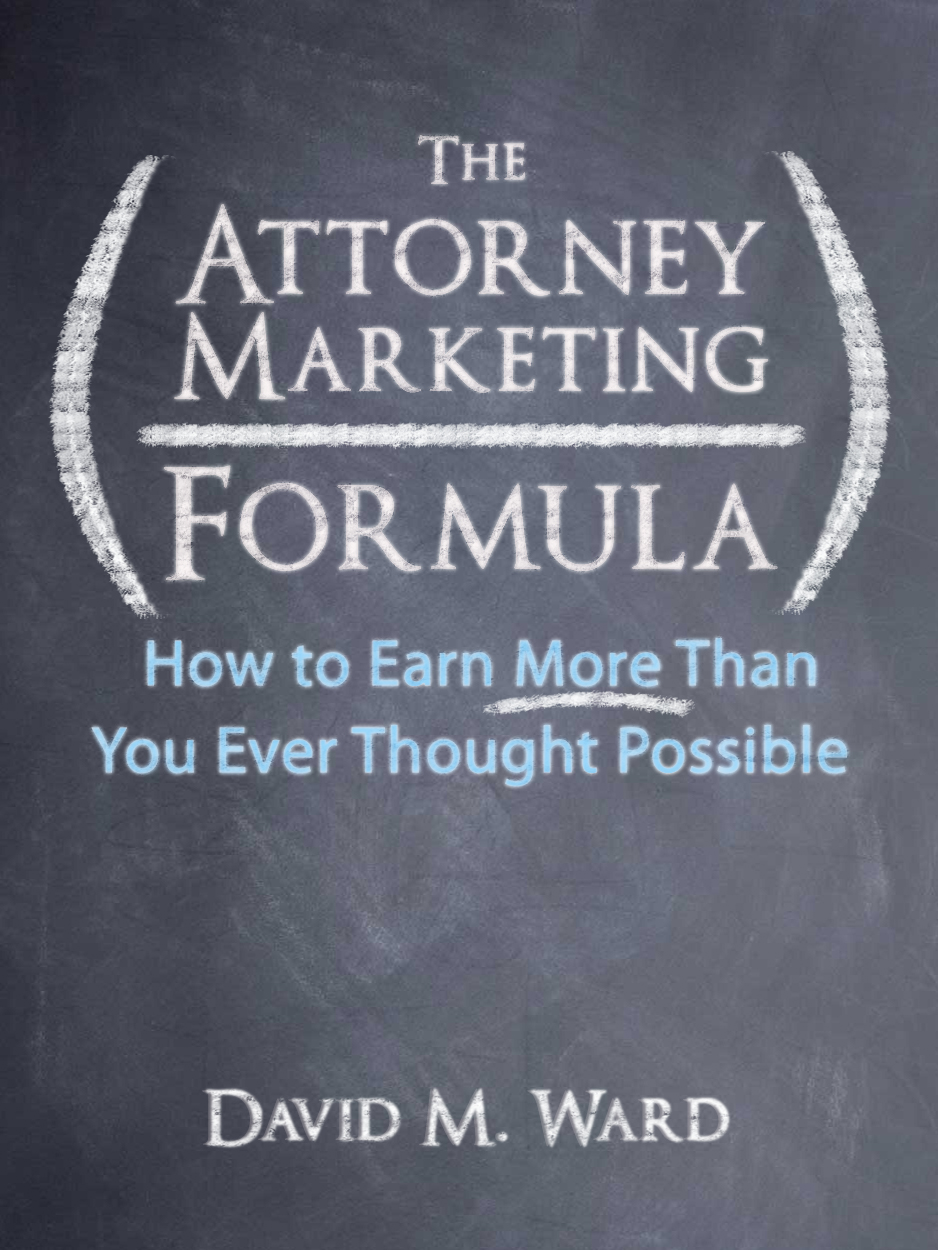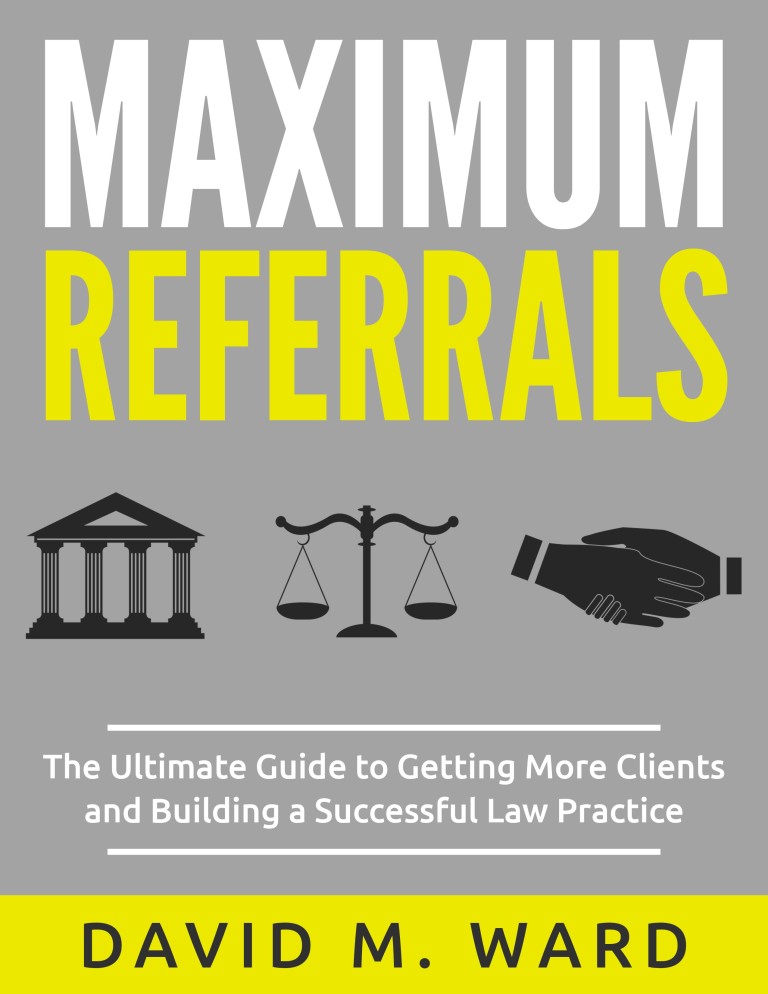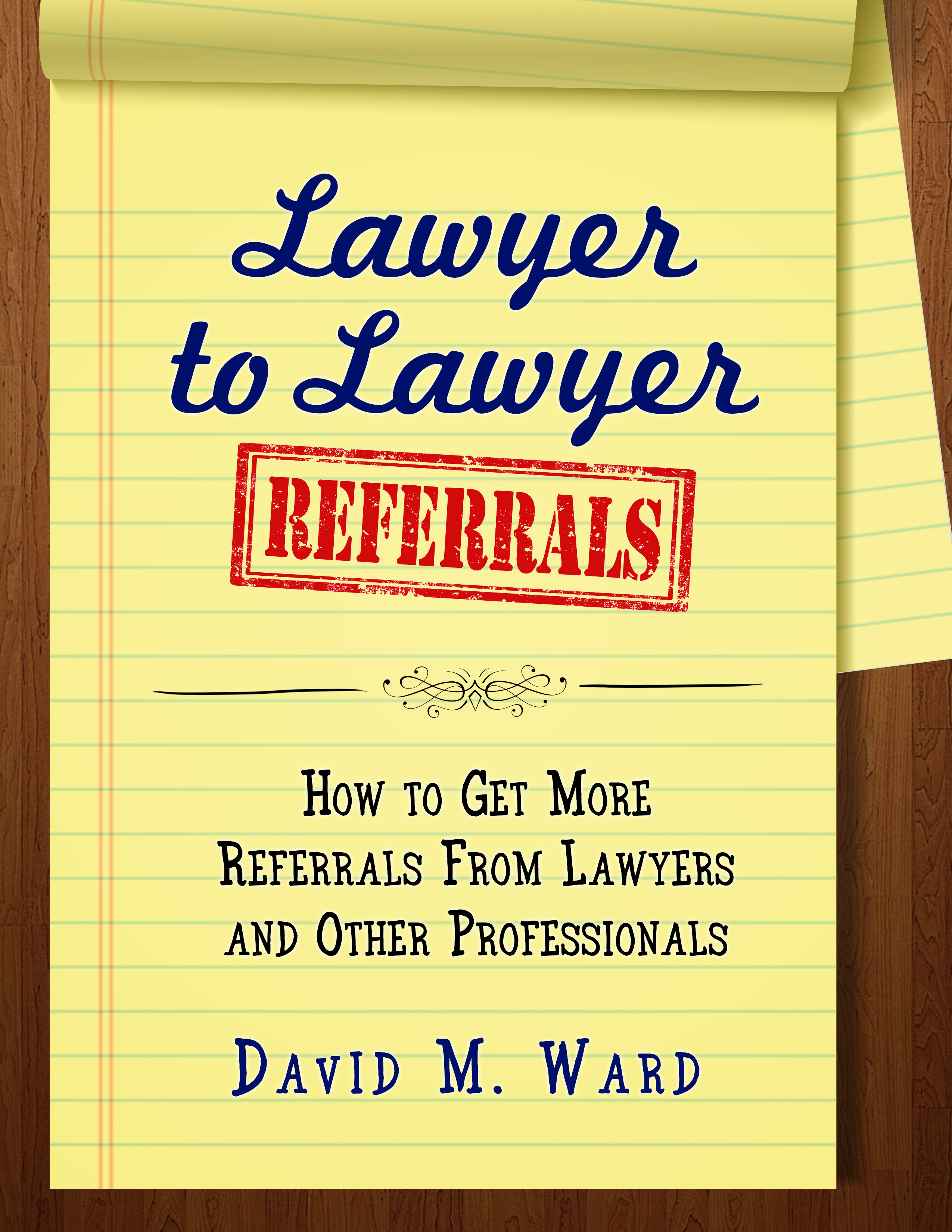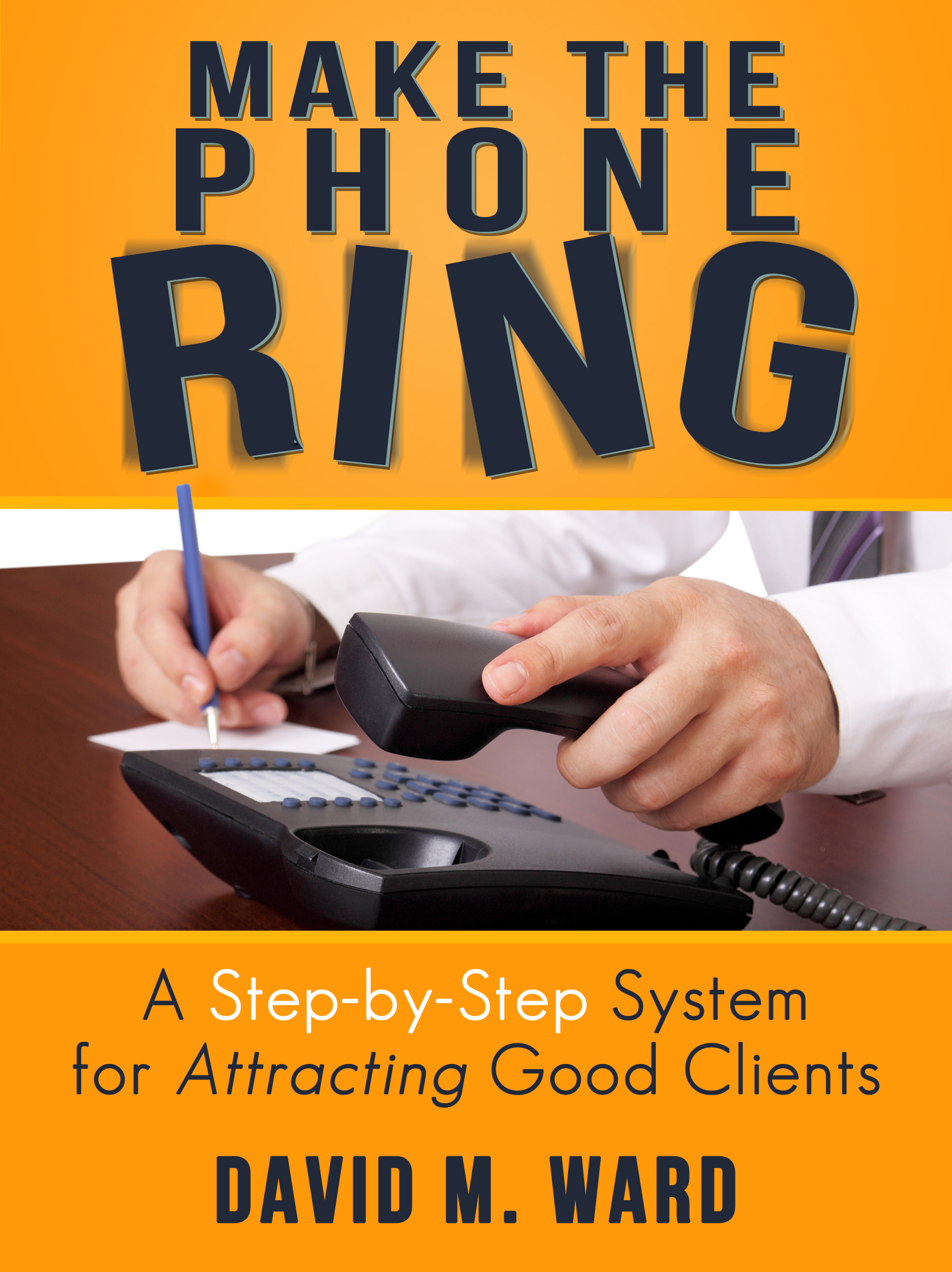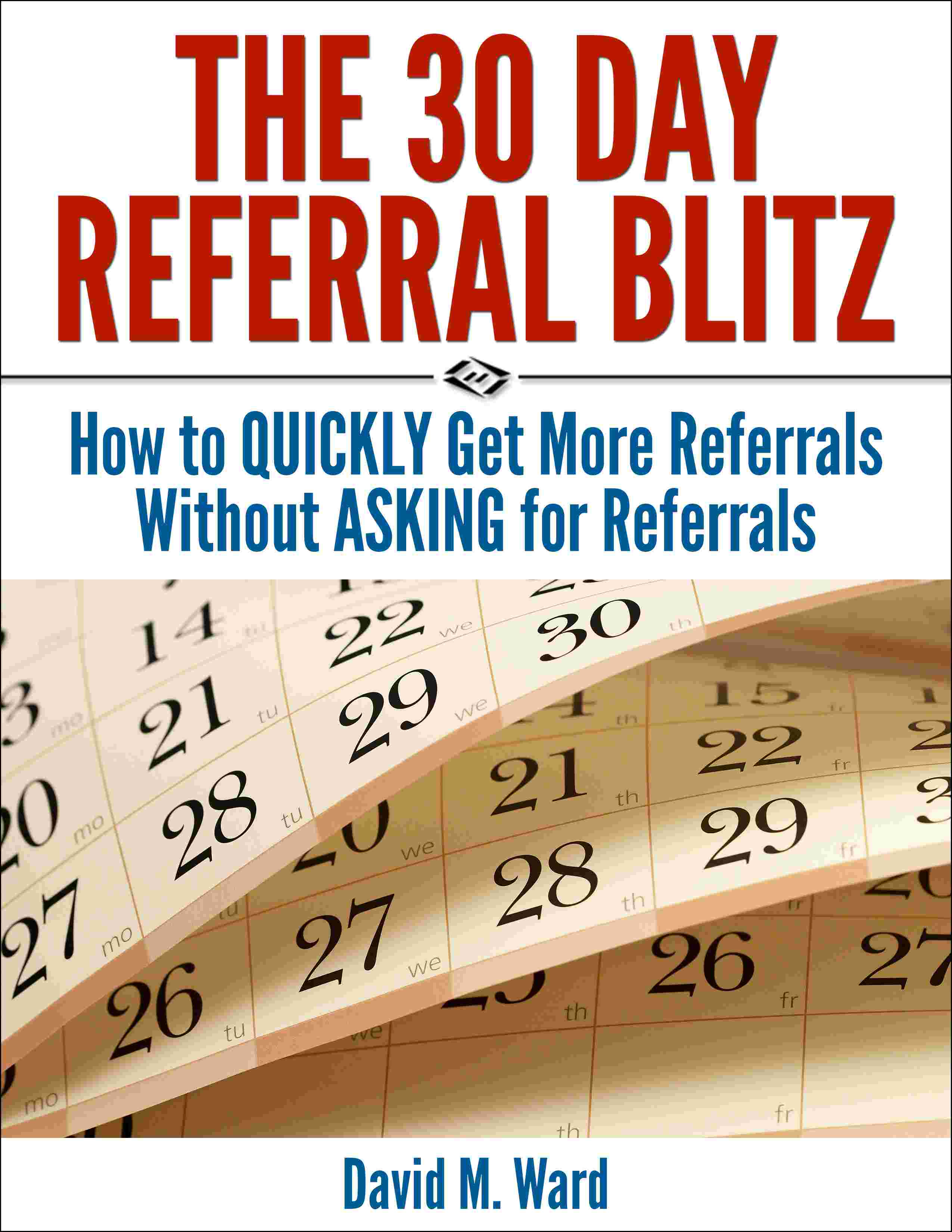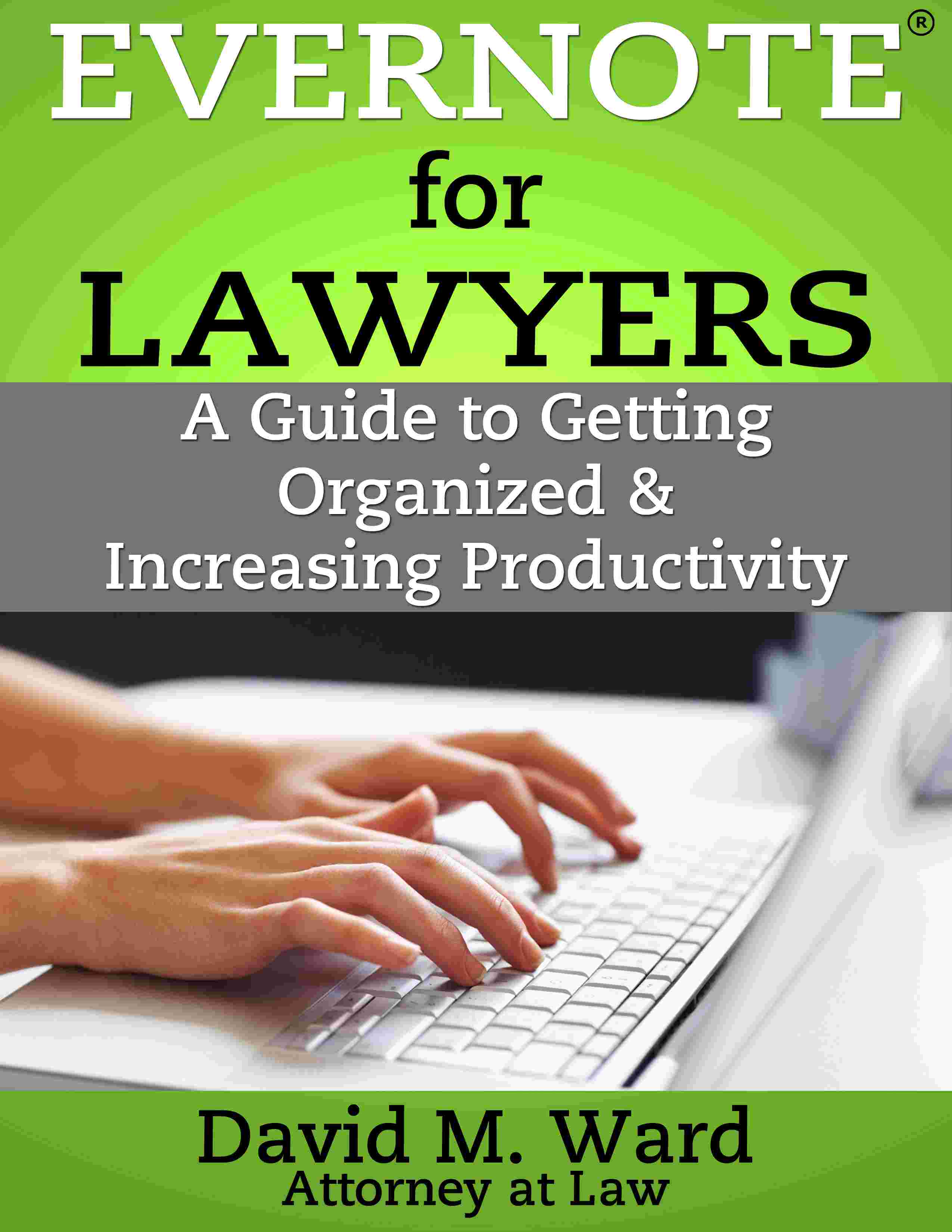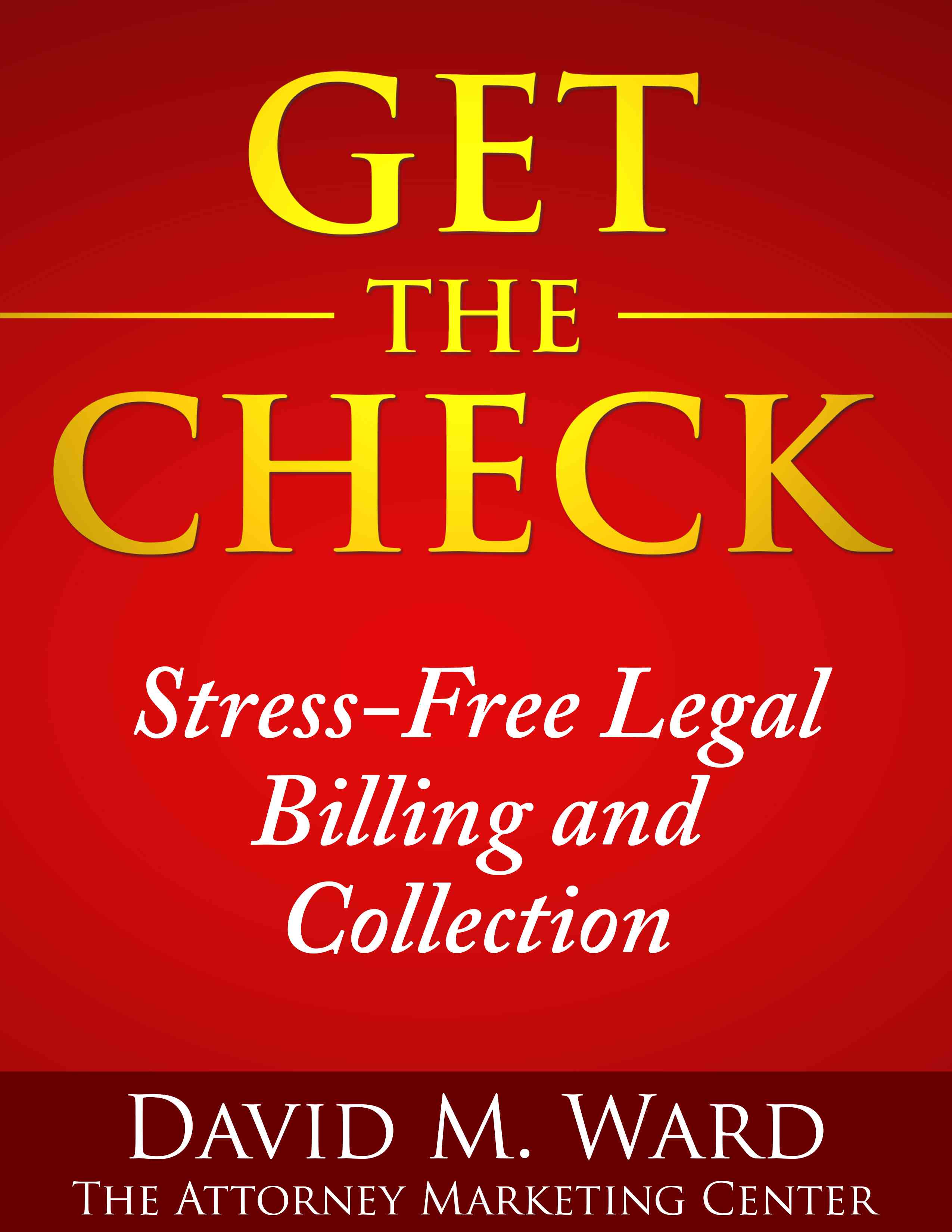You’ve waited long enough. It’s time to finally open the floodgates of untapped resources that lie beneath your feet. New clients, better clients, and an abundant and fulfilling lifestyle await you. All you need to do is go get them.
Every law practice has natural resources that aren’t being accessed. What are these resources?
Your client list that could easily bring a steady stream of repeat business and referrals but is all but ignored in favor of expensive and time consuming efforts to find new clients.
Your knowledge and experience that could be packaged and presented in a way that makes you stand out from the crowd and be seen as the best lawyer for the job but instead, is shackled by the chains of conformity.
The passion that drove you to choose a legal career but has been dulled by low margins and mindless work could be rekindled with new ideas, if only you would slow down long enough to learn them, and loosen up enough to try them.
These and other resources, if allowed to surface, could transform you from struggle to success, from success to untold wealth. All you have to do is embrace these resources, develop them, and allow them to deliver their bounty.
Why aren’t you developing these resources? Adherence to tradition. Not wanting to admit there is a problem. Fear of what others will think or what might happen if something goes wrong.
Yes, there are dangers. If you start a blog it might take up too much time. But what if it doesn’t? What if it takes up much less time than you thought? And what if it brings you lots of prospective clients who see why they should hire you instead of anyone else, and do?
If you get started with social media, your unhappy clients and crazy clients may smack talk you and harm your reputation. But what if they are few and far between and your happy clients set the record straight and build up your reputation and increase your following?
If you stay in touch with your clients and former clients, you might waste time that could be spent getting work done. But what if staying in touch brings you so much work you can afford to hire staff to do most of it and you can get home before the kids are in bed?
There are dangers to doing things you’ve never done before. You might be embarrassed. There may be costs. Things could go wrong. But the greater danger is that you will never discover what was possible, never realize your potential, and never have the time or financial resources to make the world a better place.
If you’re ready to tap into your natural resources, this and this will show you what to do.

